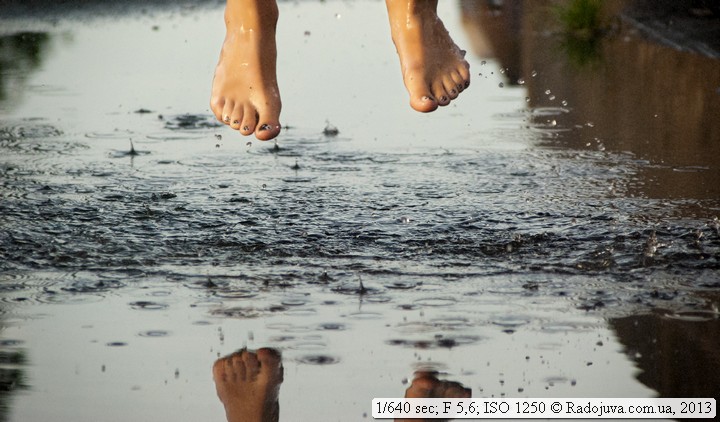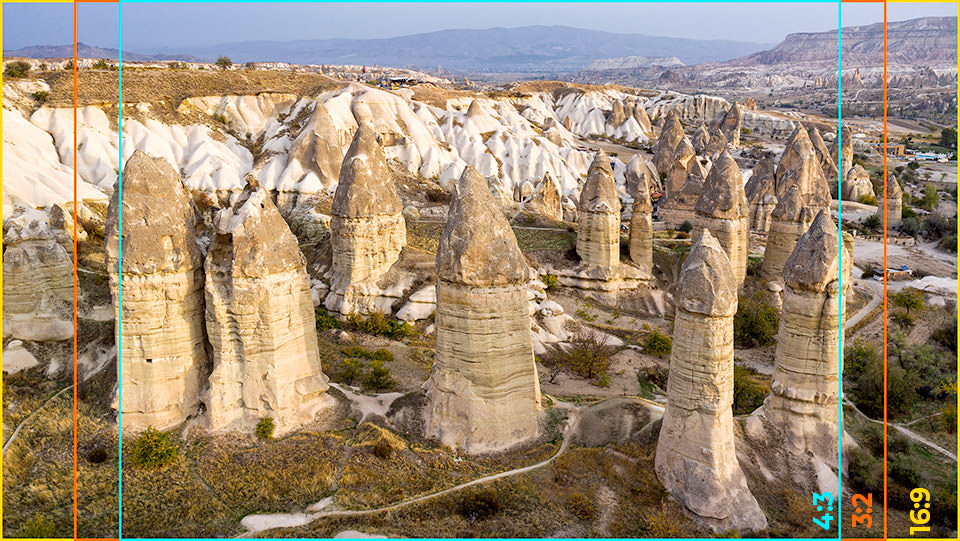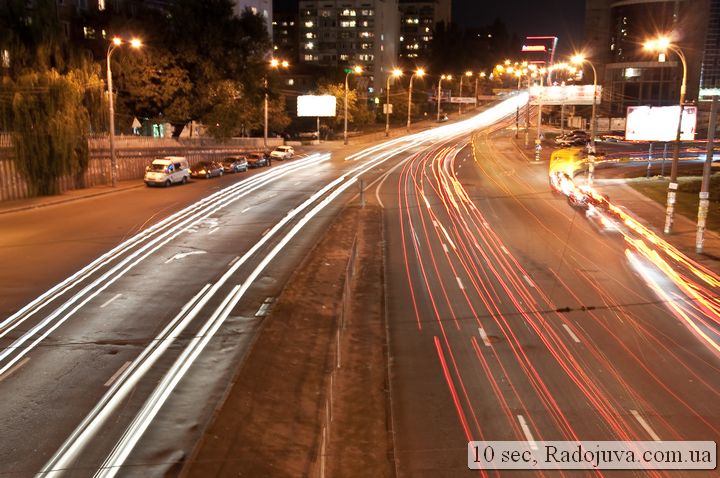WHAT IS VIBRATION SUPPRESSION IN PHOTO?
 WHAT IS VIBRATION SUPPRESSION IN PHOTO?
WHAT IS VIBRATION SUPPRESSION IN PHOTO?
If you are looking for a new lens, then you are likely to come across some abbreviations. For example, a mark on the VR lens indicates that the model is suppressing vibrations. VR (vibration reduction) and IS (image stabilization) are lens systems that help you take pictures. With the addition of such systems, the price rises – and this is fully justified. But what does all this mean? What is vibration reduction?
What is vibration reduction in photography?
What is vibration reduction or image stabilization?
When you use the camera and lens while holding them in your hands, you cannot help but feel a slight tremor due to the weight of the equipment. VR and IS are systems that prevent blurry photos due to camera shake. These two terms mean the same thing, and camera brands use either one or the other. Nikon uses Vibration Reduction, and IS is a generic term for Canon.
VR and IS exist in both cameras and lenses. These systems can work together or be independent. The type depends on the lens, camera body and brand.
Tripods, gimbal suspensions and other mounts are optional, but photographers hold most cameras in their hands while shooting. Thus, image stabilization can be an important feature.
What is vibration reduction in photography?
How does the vibration reduction system work?
VR or IS are usually only available on certain lenses. These lenses are usually either zoom or macro. Other lenses do not need vibration suppression. Scaling and narrow aperture create the need for IS or VR systems. Most fixed focal length lenses have a wide enough aperture, so vibration reduction is not required.
What is vibration reduction in photography?
There are different types of image stabilization systems. The most common are optical, dual, and internal gyro stabilization. This ensures that the sensor always remains in the same position, preventing blur.
Internal gyroscopes move the sensor through a mechanical system such as a gyroscope. They hold the sensor in the same place. Optical stabilization uses hardware to eliminate image jitter.
Digital stabilization, as the name implies, uses software to correct camera shake. With double stabilization, the lens connects with image stabilization and a camera with internal stabilization.
What is vibration reduction in photography?
Both systems work in tandem to ensure the integrity of the footage. Which system is better? It depends on the camera itself. None of them are perfect, but none is better than the other.
The difference in camera brands
Each brand of cameras has its own patented design to stabilize photos.
What is vibration reduction in photography?
Nikon’s Vibration Reduction function allows you to take four stops less than with a non-VR lens. This is great for those taking pictures of concerts or in low light conditions. Vibration reduction works when a compatible lens is mounted on a compatible SLR camera.
Two sensors inside the lens can sense movement. One sensor can calculate it vertically and the other horizontally. Together they can reveal diagonal movements.
Sensors send this information to a small “computer” inside the lens. This will determine how the stabilizer should move in order to resist camera shake.
Data is sent to motors that drive stabilizer elements to compensate for jitter. This ensures that your movement does not affect sensitive internal components.
Canon image stabilization is somewhat similar. Canon developed its system in 1995. It creates opposite movements inside the lens, compensating for all external movements.
When you press the shutter, the lens stabilization group is released inside the lens itself. Two gyroscopes start and determine the speed and angle of any camera movement. The collected information is sent to a computer that tells the lens what to do.
These instructions are sent to the lens stabilization group. The data determines the speed and direction of counteraction to unwanted movement. The operation of the system is repeated in a split second, so the new movement is also corrected!
Sony’s balanced optical SteadyShot is a gimbal system. It does not work like other brands. Sony’s cardan shifts the entire inside of the lens, not just the parts. This allows stabilization when shooting while walking or running.
The Sigma optical stabilizer inside the lens counteracts the perceived movement with the opposite movement, which is very similar to Canon and Nikon.




